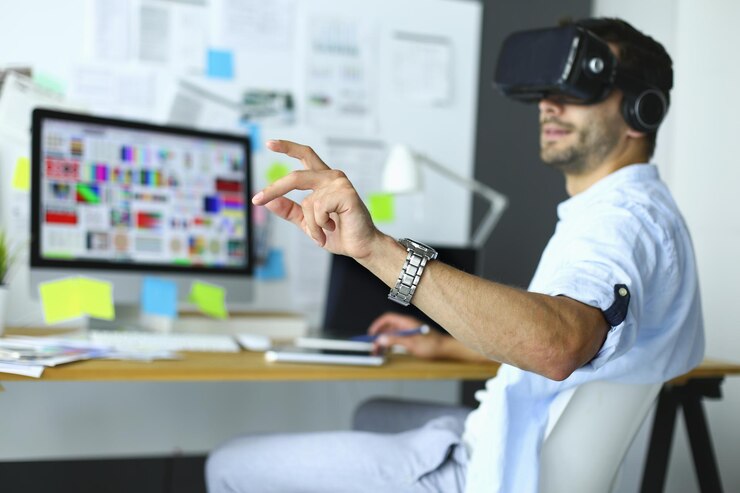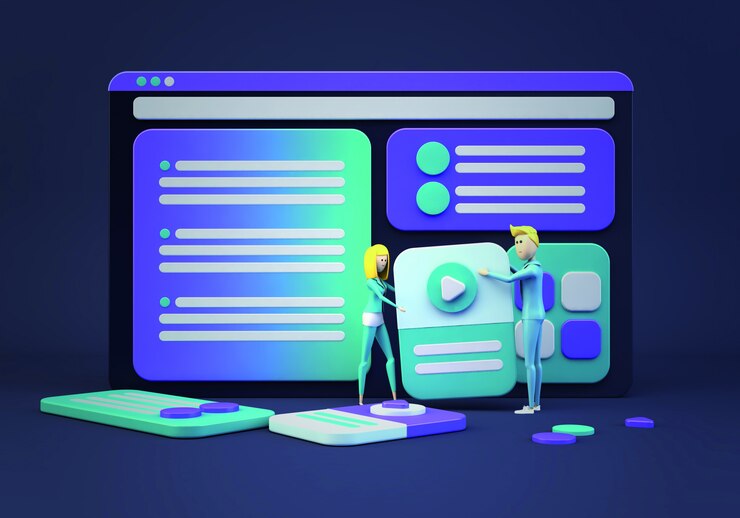Introduction
“Ultra design technologies” are transforming how designers approach their craft, driving innovation and efficiency across various industries. This post explores what ultra technologies in design entail, their evolution, key features, real-world applications, future trends, and practical tips for implementation.
The Evolution of Design Technologies
Design technologies have come a long way from traditional drafting methods. The introduction of computer-aided design (CAD) marked the beginning of digital transformation in design. Over the years, we have seen the rise of 3D modeling, virtual reality (VR), and augmented reality (AR) in design processes.
The most significant leap in recent times is the integration of ultra technologies. These encompass advanced AI algorithms, machine learning, and cutting-edge software that enhance precision and creativity. Ultra technologies are not just tools; they are reshaping the design landscape by enabling designers to push boundaries and achieve remarkable outcomes.
This evolution reflects a broader trend of digital convergence, where multiple technologies work together seamlessly to create innovative solutions. The future of design technologies looks promising, with continuous advancements expected to further streamline and elevate the design process.
Key Features of Ultra Technologies
Ultra design technologies boast several distinctive features that set them apart from traditional tools. Firstly, they offer unparalleled accuracy and precision. AI-driven algorithms can analyze vast data sets, providing insights and recommendations that enhance design quality.
Secondly, ultra technologies are highly intuitive. With user-friendly interfaces and smart functionalities, they reduce the learning curve for designers. This accessibility encourages widespread adoption and empowers designers of all skill levels to harness advanced capabilities.
Thirdly, these technologies facilitate real-time collaboration. Cloud-based platforms allow teams to work simultaneously on projects, regardless of geographical locations. This interconnectedness fosters creativity and accelerates project timelines.
Case Studies: Real-World Applications in Various Industries

Ultra design technologies are making waves across diverse sectors. In architecture, firms are using AI to optimize building designs for energy efficiency and sustainability. For example, Zaha Hadid Architects employs parametric design tools to create futuristic structures that are both aesthetically pleasing and environmentally friendly.
In the automotive industry, companies like Tesla leverage ultra technologies for designing autonomous vehicles. Advanced simulations and AI-driven modeling enable engineers to test and refine designs with unprecedented precision.
The fashion industry is also benefiting from ultra design technologies. Brands such as Nike utilize 3D printing and AI to develop innovative footwear that combines style and functionality. These technologies enable rapid prototyping and customization, setting new standards for the industry.
Future Trends and Innovations in Ultra Design Technologies
The future of ultra design technologies is brimming with potential. One exciting trend is the rise of generative design, where AI algorithms generate multiple design options based on specific parameters. This approach allows designers to explore a vast array of possibilities and select the best solutions.
Another innovation is the integration of blockchain technology in design processes. Blockchain ensures transparency and security in intellectual property management, safeguarding designers’ creations and fostering trust in collaborative projects.
Additionally, advancements in VR and AR are expected to revolutionize design visualization. Immersive experiences will enable designers to interact with their creations in real-time, making adjustments and improvements in a virtual environment before physical production begins.
The Impact of Ultra Technologies on Design Processes and Outcomes

Ultra design technologies are significantly impacting design processes and outcomes. By automating repetitive tasks, they free up designers’ time for more creative endeavors. This shift enhances productivity and leads to higher-quality outputs.
Furthermore, these technologies facilitate data-driven decision-making. Designers can analyze user behavior and preferences, tailoring their creations to meet specific needs. This personalized approach results in more relevant and impactful designs.
The collaborative nature of ultra technologies also enhances team dynamics. Designers can easily share ideas and feedback, leading to a more cohesive and innovative design process. The result is a product that reflects collective expertise and creativity.
Tips for Implementing Ultra Technologies in Your Design Workflow
Adopting ultra design technologies can seem daunting, but with the right approach, it can be a seamless transition. Start by identifying the specific needs of your design workflow. Assess which technologies align with your goals and invest in training for your team.
Collaborate with technology providers to ensure smooth integration. Many companies offer tailored solutions and support to help you get started. Additionally, encourage a culture of continuous learning within your team. Staying updated with the latest trends and tools will keep your design process at the forefront of innovation.
Lastly, prioritize user feedback. Regularly evaluate the effectiveness of the technologies and make adjustments as needed. This iterative approach will ensure that your investment in ultra technologies yields maximum benefits.
Conclusion
Ultra design technologies are revolutionizing the design landscape, offering unprecedented accuracy, intuitiveness, and collaboration. By integrating these advanced tools into your workflow, you can elevate your design process and outcomes.







